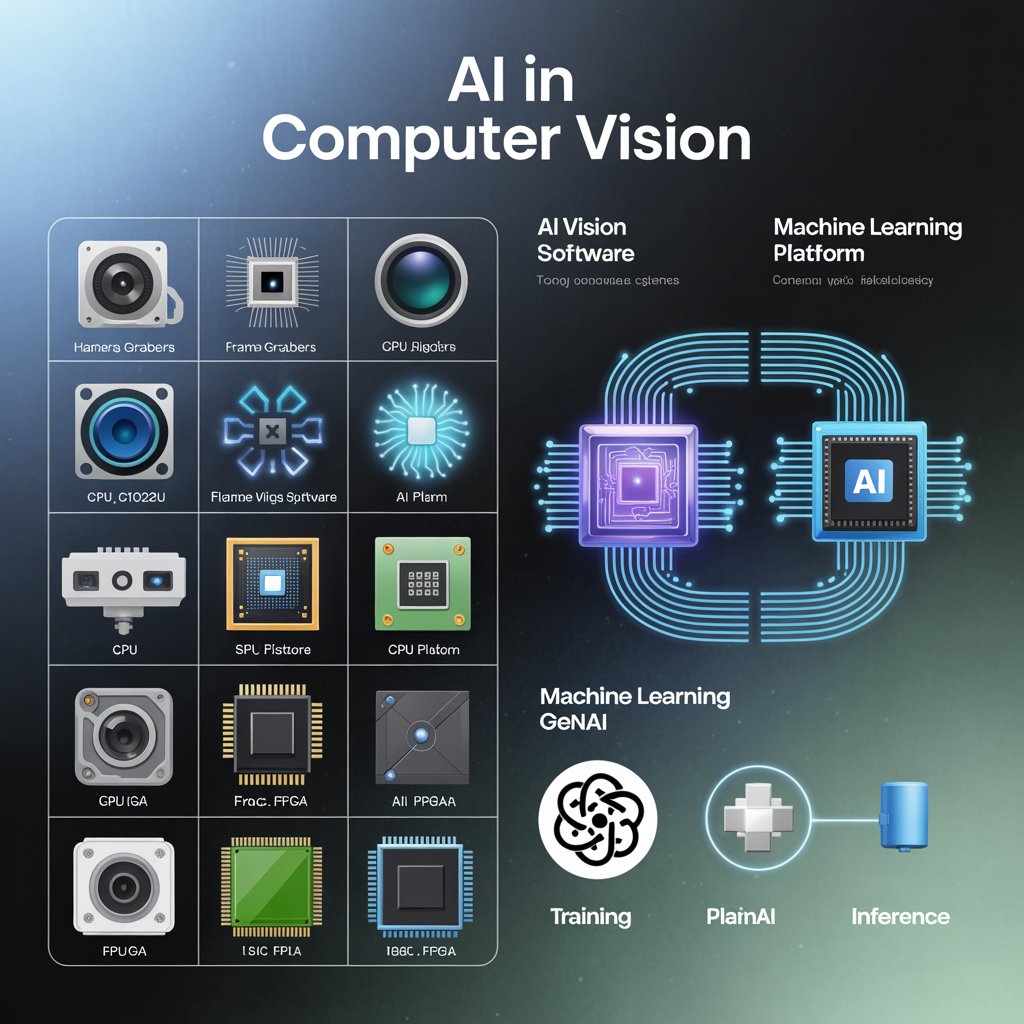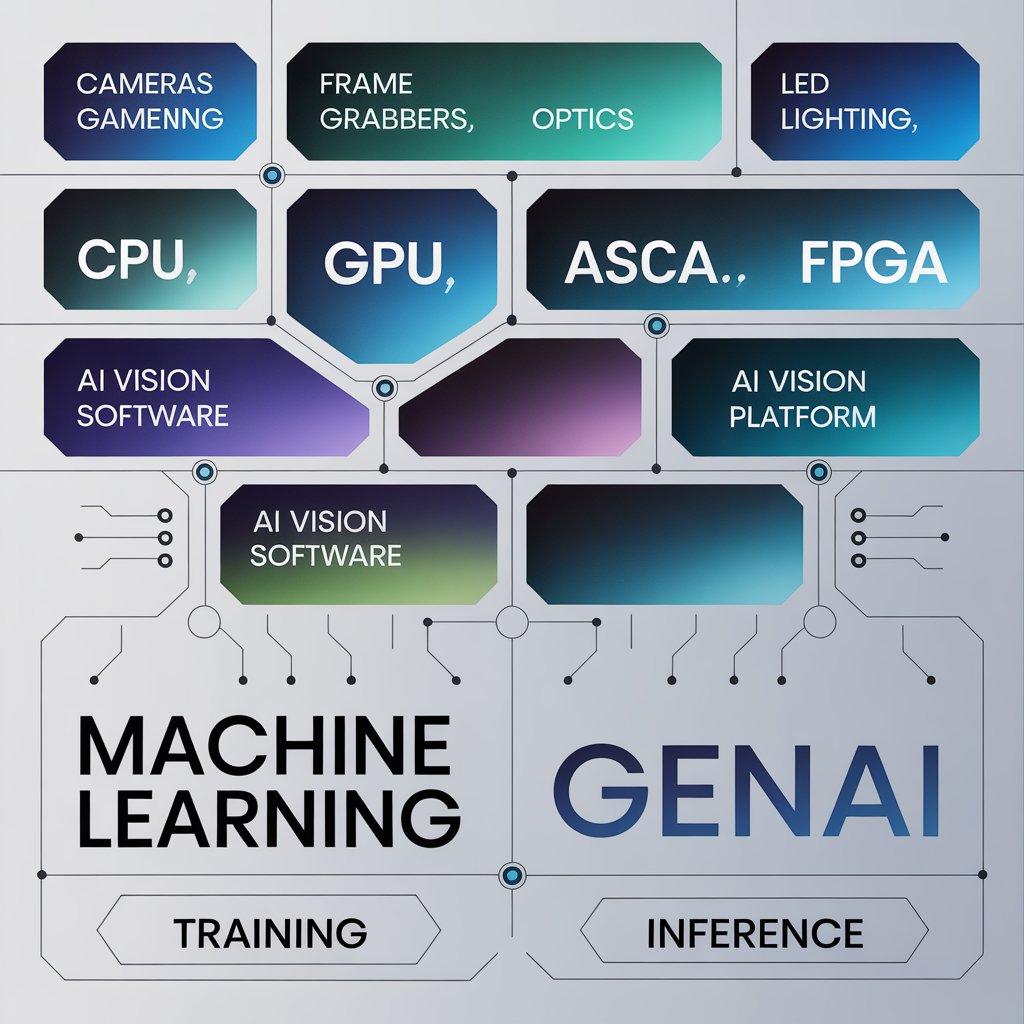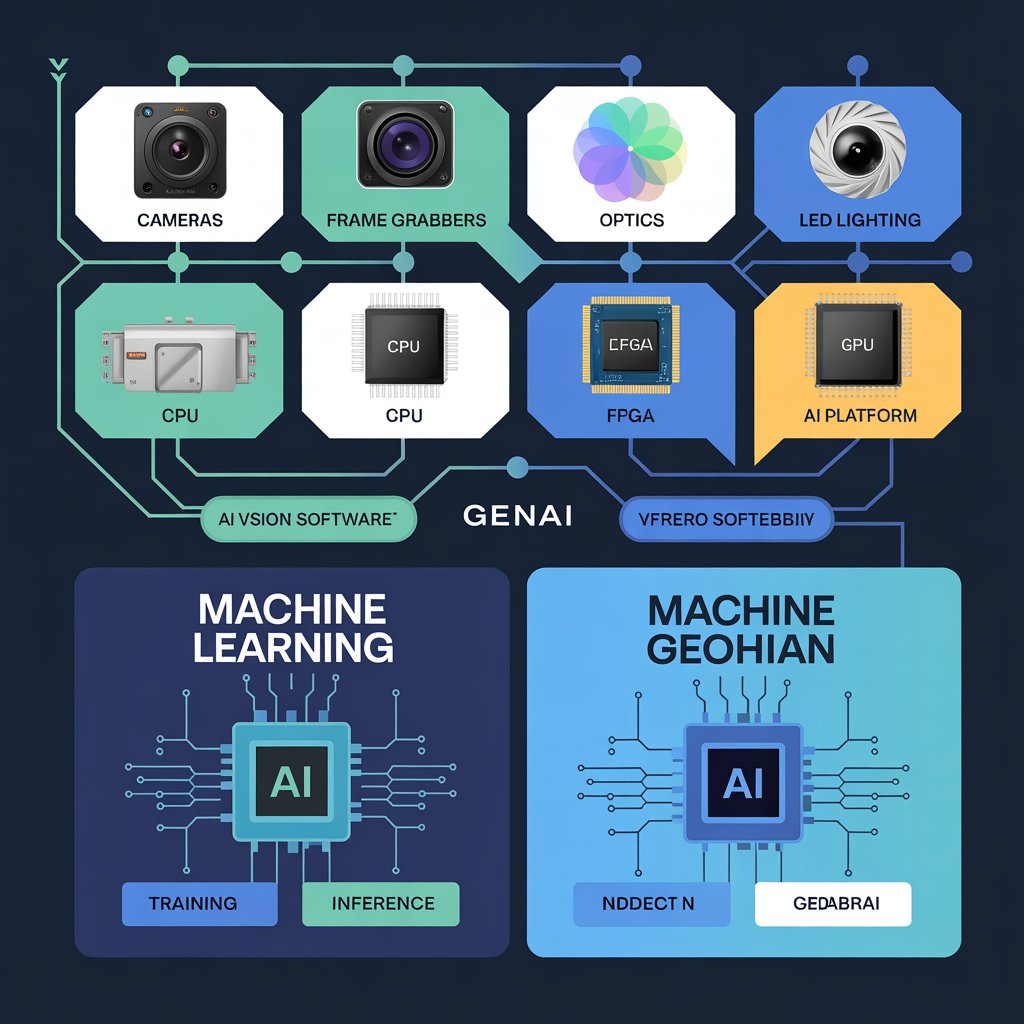The AI in Computer Vision Market is rapidly expanding as industries across sectors adopt smarter automation, enhanced imaging, and real-time analytics. Market growth is deeply influenced by the three primary components that define the technological ecosystem: hardware, software, and services. Each component plays a unique and increasingly interconnected role in the development and deployment of computer vision solutions powered by artificial intelligence. As innovation accelerates, companies are increasingly integrating advanced chipsets, intelligent algorithms, and managed services to build robust, scalable, and high-performance systems capable of meeting diversified industry requirements.
Download PDF Brochure @ https://www.marketsandmarkets.com/pdfdownloadNew.asp?id=141658064

Hardware forms the backbone of AI in computer vision systems, as the demand for high-speed, energy-efficient, and scalable processing units continues to grow. Modern systems rely on specialized processors such as GPUs, VPUs, FPGAs, and custom-designed AI accelerators to manage computation-heavy vision workloads. These devices are critical for enabling real-time inference, low-latency video analytics, and high-resolution image processing across applications from manufacturing and transportation to healthcare and retail. In addition to processing units, cameras and sensors are becoming more advanced, incorporating higher frame rates, better low-light sensitivity, and improved dynamic range to support complex vision tasks. Hardware innovations are also driven by edge computing trends, where compact and powerful processors bring AI capabilities closer to data sources, enabling faster decision-making and reducing reliance on cloud infrastructure.
Software is the intelligence layer that drives value in AI-powered computer vision systems. This component includes algorithms, machine learning frameworks, neural network architectures, and platforms for training, inferencing, and managing vision models. With rapid advancements in deep learning, convolutional neural networks, and transformer-based vision models, computer vision software has become more accurate, scalable, and adaptable to multiple use cases. Software platforms also support continuous learning, enabling systems to improve over time based on real-world data. Furthermore, pre-trained models and low-code/no-code vision development environments are accelerating adoption by reducing the complexity associated with implementing AI solutions. The rise of cloud-based vision analytics software further extends the reach of computer vision capabilities, allowing organizations to scale applications across geographies while maintaining centralized control and monitoring.
Inquiry Before Buying @ https://www.marketsandmarkets.com/Enquiry_Before_BuyingNew.asp?id=141658064

Services represent a growing component within the AI in computer vision market as organizations seek end-to-end implementation support, customization, and lifecycle management. Integration services help businesses deploy vision systems tailored to their operational environments, ensuring compatibility with existing infrastructure. Consulting services analyze business needs, identify application opportunities, and design strategic implementation roadmaps for maximum return on investment. In addition, managed services are gaining traction as companies prefer subscription-based or outsourced models for maintaining and updating vision systems, enabling them to focus more on core operations while leveraging external expertise. Training and support services also play a crucial role in helping teams adapt to new AI technologies and manage the intricacies of data handling, model optimization, and system scalability.
A key trend shaping the component-level landscape is the increasing synergy between hardware, software, and services. Innovations such as AI-led chip design, tightly optimized software-hardware integration, and holistic solution delivery models are enhancing system performance and reducing deployment complexities. As a result, vendors are shifting toward bundled offerings that combine intelligent processors, vision algorithms, and support services into modular, easy-to-implement packages. This integrated approach is particularly valuable in industries such as automotive, manufacturing, and smart cities, where reliability, latency, and precision are critical.
View detailed Table of Content here – https://www.marketsandmarkets.com/Market-Reports/ai-in-computer-vision-market-141658064.html

The demand for each component segment also varies by industry. Hardware dominates in sectors requiring heavy image processing workloads, while software leads in industries that emphasize analytics, automation, and decision-making. Services are gaining momentum across all verticals, driven by the widespread need for customized solutions and ongoing system optimization. The shift toward hyper-automation, robotics, and edge AI is further accelerating the need for advanced components that collectively enhance capabilities such as object detection, motion tracking, anomaly detection, and image classification.
As the AI in computer vision market evolves, the interplay between hardware, software, and services will continue to define the pace and direction of industry growth. With continuous advancements in chip design, algorithmic innovation, and service-based delivery models, the market is set to witness accelerated adoption across multiple sectors. Companies that strategically invest in these components will be best positioned to leverage the full potential of AI-powered computer vision, driving greater operational intelligence, enhanced productivity, and transformative business outcomes in the decade ahead.

